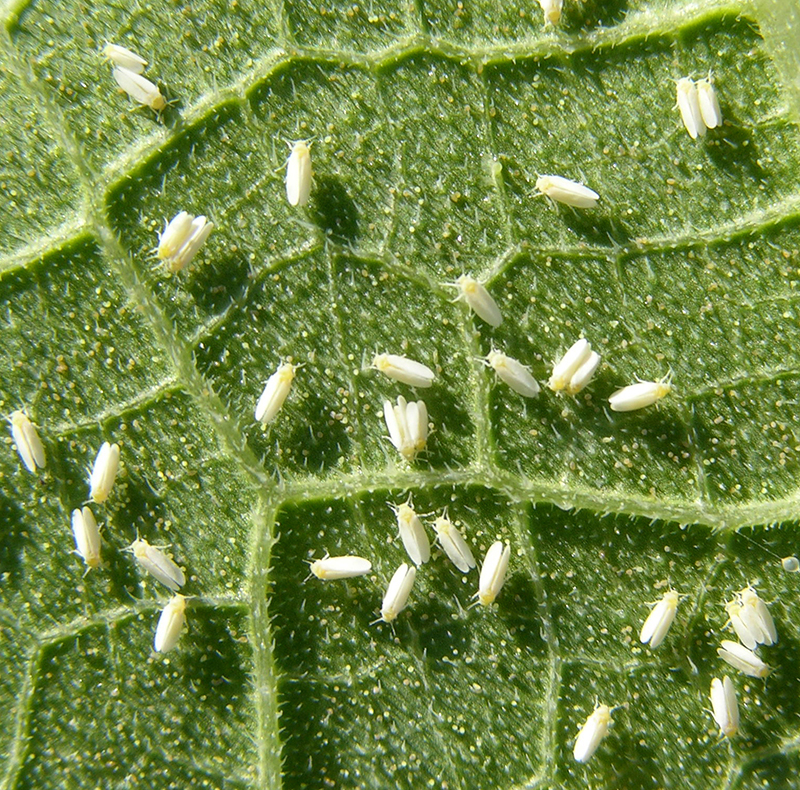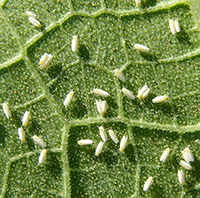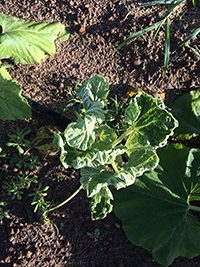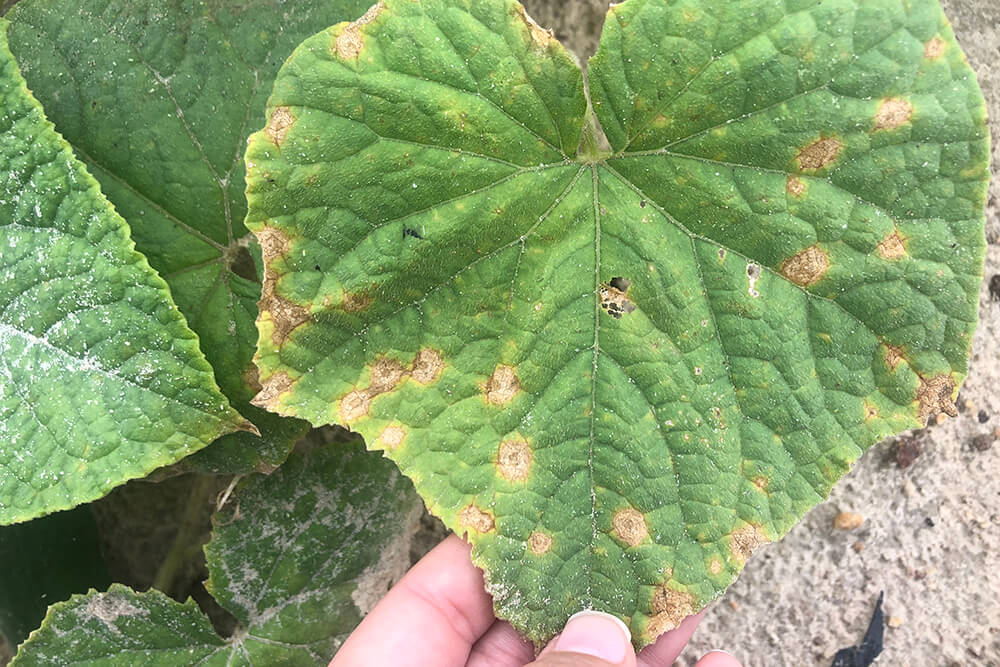University of Georgia entomologists advise farmers to kill crops capable of hosting whiteflies after the crop is harvested a final time. Crops left in the field could continue to serve as hosts.
“The very best thing we can do right now is to minimize the amount of host material out there and starve these whiteflies to death during the winter,” UGA Cooperative Extension vegetable entomologist Stormy Sparks said.
The pest significantly impacted Georgia’s cotton and fall vegetable crops last year. To avoid another infestation this year, Sparks and fellow UGA entomologist Phillip Roberts have stressed the importance of crop sanitation during their visits with farmers at winter county production meetings.
“Any crop that’s a known host of whiteflies will continue to grow or maintain itself after it’s been harvested if measures aren’t taken to eliminate it,” Sparks said. “We, as producers, need to do a better job of not allowing a host plant to continue to live and serve as a breeding ground for whiteflies. That’s one of our bigger messages right now.”
Whiteflies attack a wide variety of crops, including cotton, watermelon, cabbage, zucchini and snap beans. They overwinter in Georgia on vegetable crops, like cabbage, collard greens and kale. Further, the previous two winters in Georgia were unseasonably warm and likely allowed whiteflies to live on wild plants and crops that lay dormant in the field.
Fortunately, that is not the case this year. Temperatures have regularly dipped below freezing throughout Georgia since the start of 2018. Sparks believes the cooler temperatures should help with whitefly management, but won’t entirely eliminate the pest.
“The cold snaps that we’ve received in Georgia are probably enough to cause adult mortality among whiteflies, but not (mortality among) many nymphs and probably zero eggs,” he said.
Three hours of temperatures at 21 degrees Fahrenheit or lower will kill approximately 90 percent of adult whiteflies. However, it takes 57 hours of temperatures at 21 F or lower to kill nymphs or immature whiteflies.
“The cold weather really helps in killing alternate hosts that can’t take the cold,” Sparks said. “That’s ultimately where you get the greatest mortality, when you kill the host and ultimately kill the pest.”
When whiteflies feed on plants, they can cause irregular ripening of the fruit or secrete honeydew, offering a path for the growth of sooty mold or saprophytic fungi, which eat decaying organic material. However, the viruses that whiteflies transmit, like cucurbit leaf crumple virus and tomato yellow leaf curl virus, are the most devastating. These viruses cause severe symptoms on infected plants: yellowing of leaves, leaf crumpling, plant stunting and overall plant decline.
Roberts stresses the need for cotton growers to scout during the year. If producers don’t stay ahead of whiteflies, the problem will quickly spiral out of control.
“They’re very difficult, if not impossible, to catch up to if you get behind,” Roberts said. “We suffered yield losses in some areas last year where we were not able to be timely with insecticide controls when they were needed.”









